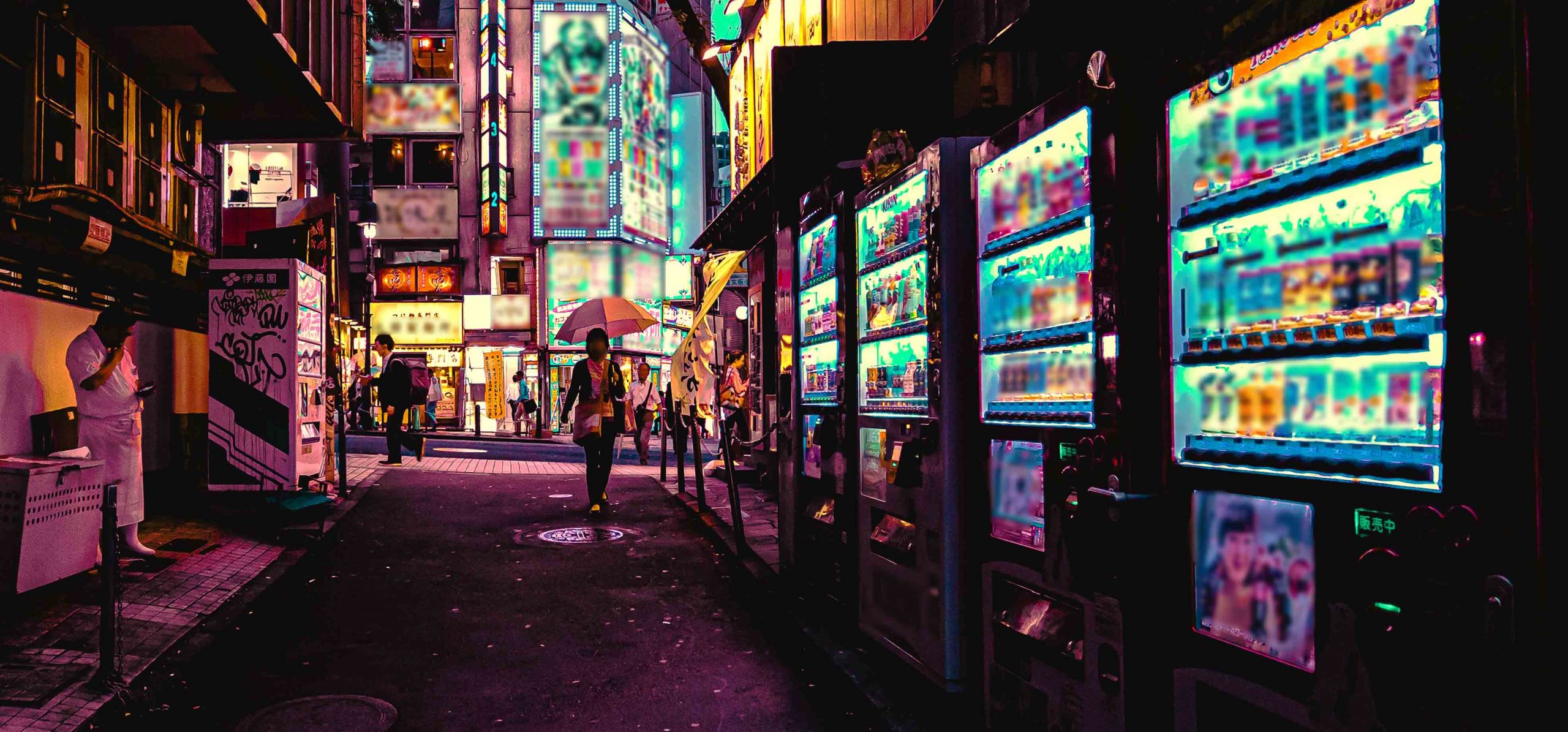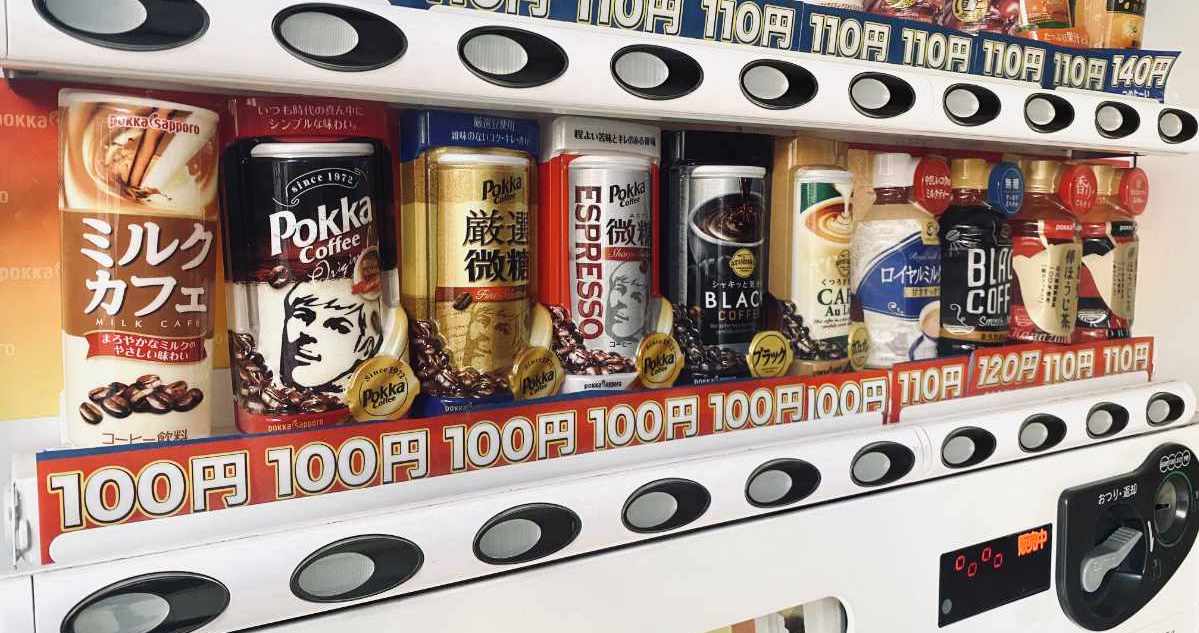While living in Sapporo, Japan, Ross was lucky enough to digest a huge amount of Japan’s food & drink culture. Japan is renowned for its cuisine, so much so that in 2013 UNESCO added washoku (the name given to Japanese dishes and cooking styles) to it’s Intangible Heritage List, meaning that preserving and celebrating this cuisine and eating style is considered key to the survival of Japanese culture.
Read on to discover three things that fascinated Ross about this food & drink lifestyle in Japan.
Restaurant Menus
Firstly, food menus. They’re done differently in Japan, and I think it’s incredible. Whilst in other parts of the world you might peruse text menus in restaurant windows, reading dish descriptions, trying to decide if you like the sound of anything (which often leads to disappointment when the presented platter of food barely resembles the mental picture you had painted in your mind’s eye).
In Japan, however, it’s all about the visuals.
Walk past any restaurant – be it an upmarket Italian pizzeria in a grand Tokyo shopping mall, or a cosy, traditional ramen restaurant with only three tables – and in the window alongside each price tag, you will see an assortment of plastic food items: mountains of chilled soba complete with miniature tsuyu dipping sauce, glistening tuna sushi rolls, and perilously stacked parfaits all have miniature versions on display. These elaborate, incredibly lifelike models are custom made for each restaurant and serve the purposes of both enticing customers in (it always worked on me) and allowing them to see what exactly they can eat inside.

The fake food industry in Japan is worth a huge $90 million, and each sample dish can cost up to ten times as much as the edible version due to the amount of skilled craftmanship required to create them.
Vending Machines
In Japan, there is one vending machine for every 23 people. When I say that vending machines are literally everywhere, I mean that they are literally everywhere – back streets, shopping malls, residential streets (and just when you thought Japan couldn’t get any more convenient – in front of convenience stores).

Aside from the sheer abundance of these goodie dispensers, what’s more interesting is the variety of vending machines that exist. You’ll find vending machines that contain both warming and cooling plates, so you can grab a warm can of coffee and an ice-cold green tea from the same vending machine outside your apartment.
Aside from the obvious drinks and snacks, Japanese vending machines offer allsorts of items, including things like umbrellas, stockings, and neckties for the business person on the go, rice, and canned bread. My apartment in Sapporo even had a vending machine outside that sold nothing but dashi stock – a fishy, salty tasting broth used in ramen and soups.
Japan is still very much a cash-based society, and so popping a few coins in a vending machine is the perfect way to use up some of your old change.

Luxury Gastronomy
Japan, like many other countries, is also known for its luxury goods, a large portion which come from the edible sector. For example, densuke watermelons are only grown in Hokkaido, and due to the very specific growing conditions require many years of careful tending and protecting. Because of this, only a limited number are harvested and so wholesale prices of these gems are naturally much higher.

These emerald skinned, almost seedless, sweeter than usual watermelons will set you back on average $200, but some have been known to fetch thousands. In 2008, an 8kg melon was auctioned off for a record 650,000 yen – that’s around $6000! The cost of a densuke is said to reflect the farmer’s dedication that was poured into producing such a luxury fruit.
Another variety of mega melon, the Yūbari King melon, is grown in the village of Yūbari, near Sapporo. A pair of these melons once sold for $26,000! Whilst Yūbari melons are delicious, their hefty price tag is usually due to publicity stunts from big corporations who know they will receive media attention and free advertising for spending such an amount on something trivial.
Even the Yūbari melons in fruit markets sell for between 4 and 6 thousand yen ($30-$60) – still an expensive piece of fruit!

Moving away from fruit to meat. There are several types of Hokkaido crab that are known for being a delicacy in Japan. Often these crustaceans will cost you a pretty penny in a restaurant due to fishing restrictions and high quality meat, with Hokkaido King Crab selling for between $85 and $120 per kilogram. You might also have heard about wagyu beef, which can be enjoyed for anywhere up to $300 a pound. This price tag comes from the strict rearing process in which many specific rules must be followed. It’s also said that some farmers pamper and massage their cows to ensure good fat content and tenderness in the meat.
Finally, gift giving is an important part of Japanese culture and you will find many opulent and edible presents on the shelves during the gift-giving seasons ochugen and oseibo that occur each year. Ochugen is in the middle of summer, and gifts are given to friends, colleagues, and loved ones to express gratitude. Oseibo on the other hand is in December and is seen as a sign of indebtedness. Most of the gifts given are food and alcohol related, and range from ornately decorated marzipan fruit platters, expensive teas, whiskey or sake, or huge chocolatier assortments that can reach into the hundreds of dollars.
So, there you have it – three observations of Japanese delicacies and customs. Of course, this article has barely scratched the surface of the fascinating world of Japanese cuisine.
Did you learn anything new, or have your own favourite fact?
Let us know in the comments below.




